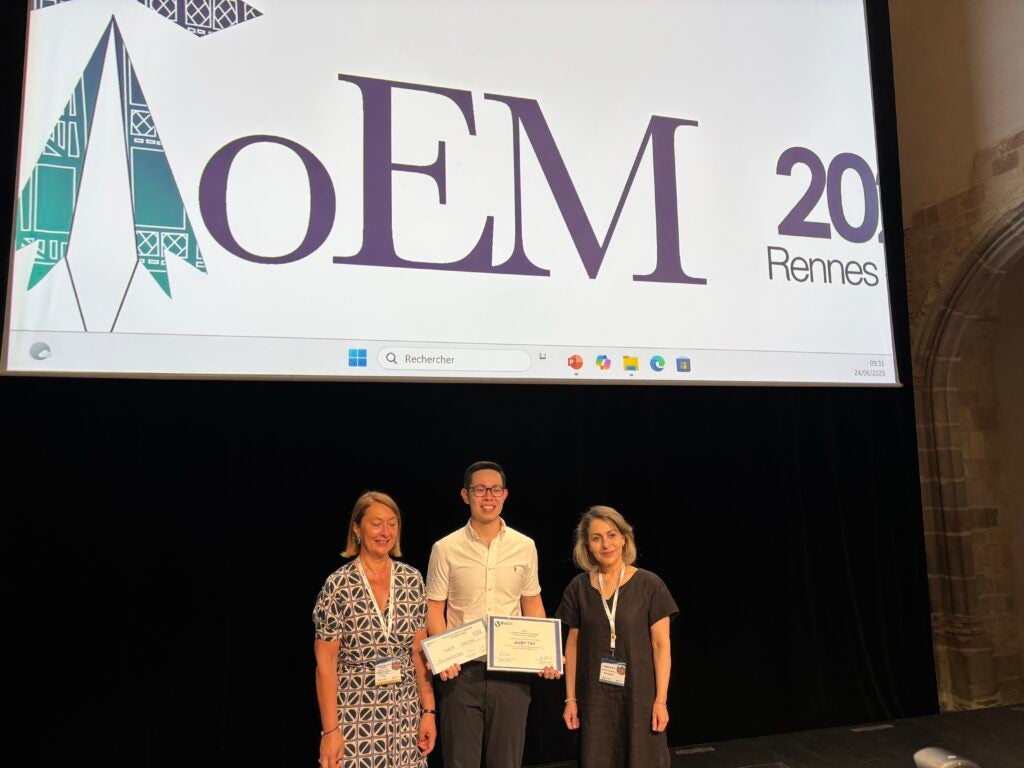An innovative magnetic wound-healing gel, developed by researchers at CDE, promises to accelerate the healing of diabetic wounds, reduce the rates of infection recurrence, and in turn, lower cases where limb amputation is necessary.
Lab tests have shown that treatment using the gel heals diabetic wounds about three times faster than current conventional approaches, the research team says.
Diabetic patients, whose natural wound-healing capabilities are compromised, often develop chronic wounds that are slow to heal. Such non-healing wounds can cause serious infections resulting in painful and sometimes life-changing outcomes such as limb amputation.
Using the new technology, treatment involves the application of a bandage pre-loaded with a hydrogel containing skin cells for healing and magnetic particles. To maximise therapeutic results, an external magnetic device is used to activate skin cells and accelerate the wound healing process. The ideal duration of magnetic stimulation is about one to two hours.
While the research so far has focussed on healing diabetic foot ulcers, the NUS team say their technology has the potential for treating a wide range of complex wounds such as burns.
“Conventional dressings do not play an active role in healing wounds,” said Assistant Professor Andy Tay (Biomedical Engineering) who leads the research team. “They merely prevent the wound from worsening and patients need to be scheduled for dressing change every two or three days. It is a huge cost to our healthcare system and an inconvenience to patients.”
read more(https://cde.nus.edu.sg/news-detail/innovative-magnetic-gel-heals-diabetic-wounds-three-times-faster/)





